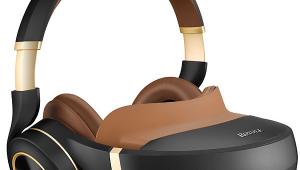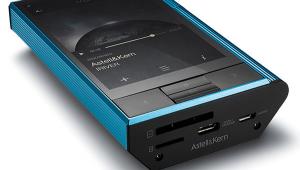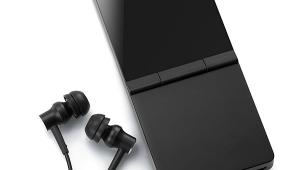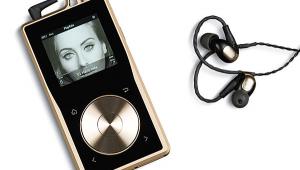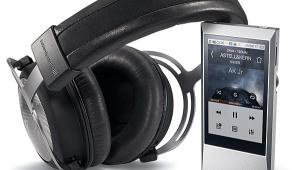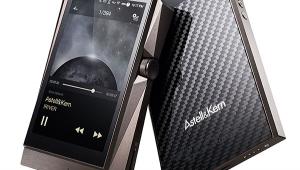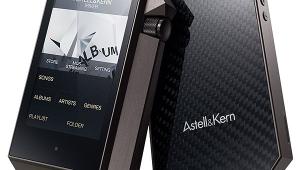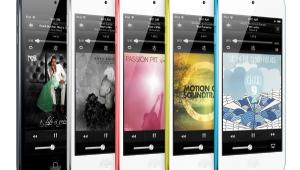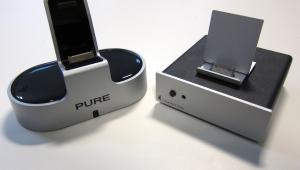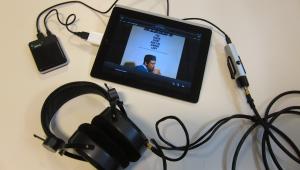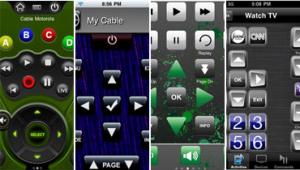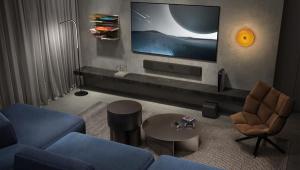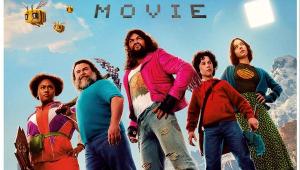Royole Moon 3D Mobile Theater Review Page 3
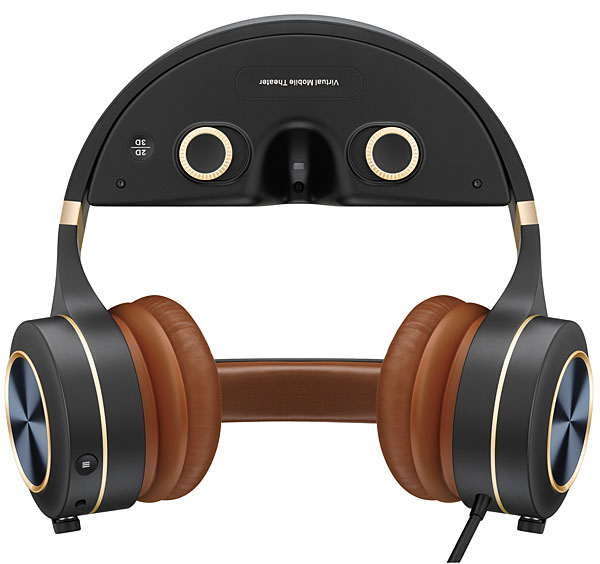
Getting back to the video: Critically, I did notice that the Moon didn’t fare well with low-bitrate downloads and live streams. Many of these programs, even my fairly decent Jack Reacher download, suffered from digital compression artifacts on darker scenes or in darker portions of mixed scenes. For example, when Turner is seen at her office desk at night talking on the phone, with a desk lamp illuminating her front and darkness behind her, she looks stunning, with superb color and bright highlights on her face, crisp white formal shirt, and multi-colored uniform decorations. But the background took on a veiled and busy quality in this shot from subtle mosquito and block noise. Furthermore, the fine horizontal grid lines separating the pixel rows revealed themselves here—and in many other scenes from this and different programs when there was a consistently smooth backdrop. (The vertical pixel lines were never visible at any time.)
The observance and degree of digital noise was quite dependent on the quality of the file and content of the scene. At one point, I abandoned watching a Netflix stream of a Stranger Things episode during the prime-time viewing hours (when Netflix and the ISPs apply the greatest compression) due to massive amounts of undulating mosquito and block noise in the many dark scenes. The next day, I had much better luck streaming the same episode during off hours—most of the noise disappeared, and I learned that I could reduce the visibility of the pixel lines by setting the Moon’s three-position brightness control to its lowest Soft setting (versus High or the default Normal, which I preferred for most content due to its added punch).
Of course, you can’t judge a display’s ultimate quality on its handling of poor video files, but some users may plan on doing a lot of live streaming and should know that the Moon was not kind to sub-par content. Fortunately, egregious video noise was never a distracting issue with other streamed serials generally shot in brighter environs, such as the aforementioned Planet Earth II.
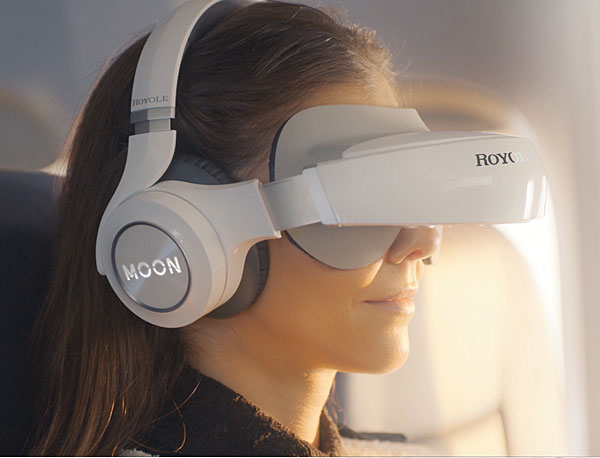
Eventually, I rigged the Moon to my Blu-ray player to see what it could do with some reference-quality disc transfers. Wow—what a difference. Blacks and shadow detail took on that inky quality we like to see and were near-equivalent to the best OLED flat-panel displays I’ve seen. I shouldn’t have been surprised given the AMOLED display devices, but nothing I’d seen to that point suggested quite this level of quality. Black backgrounds behind white credits and black bars on widescreen movies disappeared into the frame beyond the edges of the screen. White objects on black backgrounds, such as credits or spaceships, had an almost threedimensional quality. They exhibited some haloing that you wouldn’t see on today’s top OLED TVs, but I’d score the Moon way better in this regard than most edge-lit LCDs I’ve encountered.
Along with striking contrast, bright colors looked true and just popped off the screen, and fine details were remarkably sharp. While watching Oblivion, I was taken with accurate and highly natural fleshtones, not to mention the crisp detail, in the Tom Cruise close-ups that show all the stubble and cuts/bruises on his face. The aforementioned video noise cropped up rarely on some dark scenes but was extremely subtle here; it would have been missed in the action if I’d not been looking for it. When I switched over to Gravity, another great transfer, I saw the same stunning contrast and colors in the opening scene when the astronauts are doing their space walk before disaster hits, but I never saw a hint of any noise anywhere in the movie. To get a look at some earthbound scenes, I pulled out Draft Day, which
I love to use as a reference for its overall bright lighting and mix of familiar NFL team colors. The Moon passed the test with its aerial flyovers of various NFL stadiums and their surrounding buildings and greenery, its natural renderings of interior shots in the sun-drenched team offices around the league, and again in its beautiful fleshtones, all delivered with utterly grainless clarity. Furthermore, the Moon also delivered some of the best 3D video I’ve ever seen. Images were super bright and engaging and showed absolutely no signs of ghosting on even the finest details. Tim Burton’s stopaction animated movie Coraline may be the creepiest and scariest “kids” movie ever made, but it’s filled with stunning visuals that feature fine, moving vertical objects that exhibit ghosting with many 3D displays.
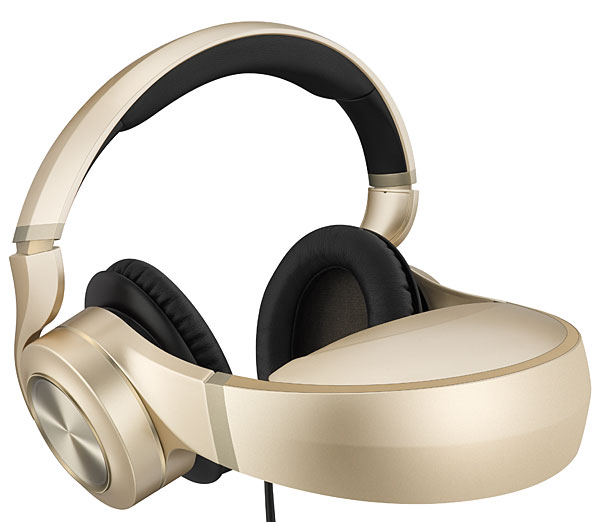
The snake-like tail of a black cat, the undulating antennae of a giant grasshopper, a pair of lit candelabras on the dinner table that reveal themselves as the camera quickly pans back—all of it remained in perfect focus. Even the live-action Terminator: Genisys looked equally crisp and ghost free on both static and action scenes.
Conclusion
The Royole Moon isn’t for everyone. Some may find the headset just too heavy or cumbersome for comfort; others may find themselves more prone than me to eye fatigue or headache. At the end of the day, using it means stringing a few things together with cables and dongles if you’re hooking up to an outside source device. And it sure ain’t cheap, either, at its $800 list price or the $600 promotional pricing announced by Royole as we went to press.
But at even the higher price, I’d still call the Moon a great value. It’s a brilliantly engineered device that gets almost everything right, and it gives the user a remarkably immersive home theater experience in places where it’s otherwise impossible. I watched xXx and Jack Ryan while traveling coast-to-coast on a jetliner, and the absence of cabin noise, the Moon’s “giant” image, and its good sound made these two of the best flights I’ve ever taken. For a couple of hours each way, I truly forgot I was on an airplane and thoroughly enjoyed myself. What’s that worth to ya?
